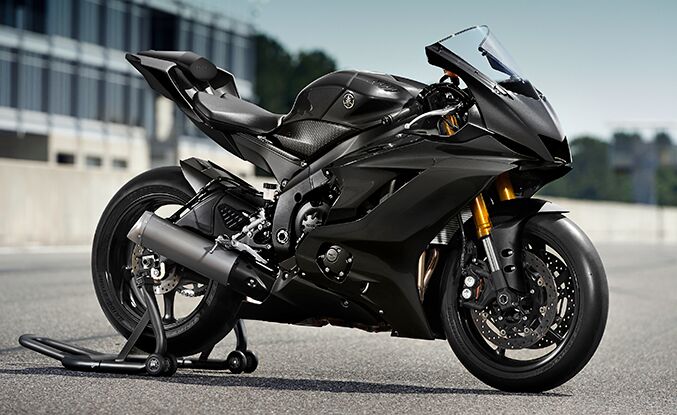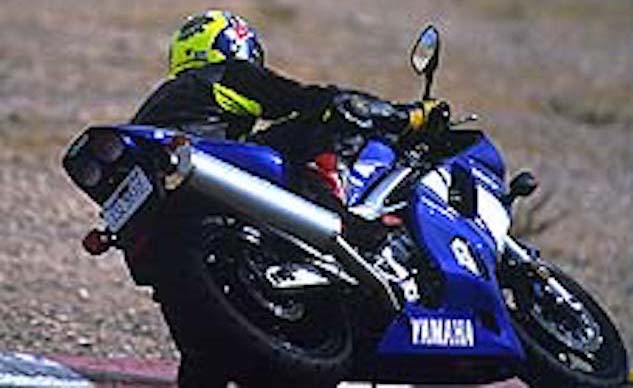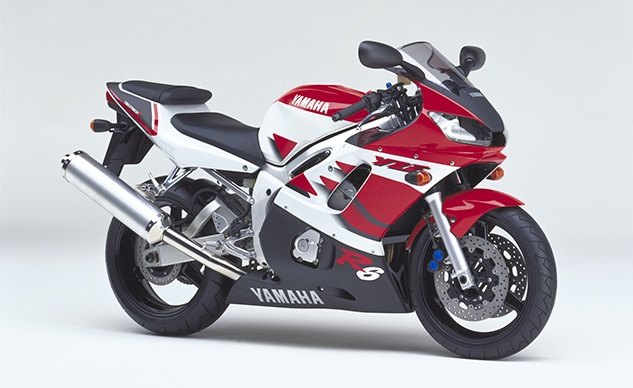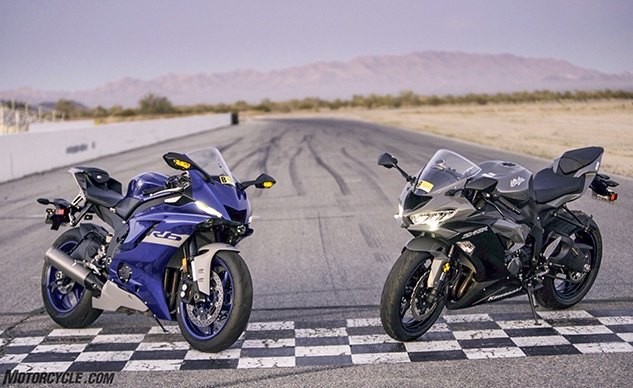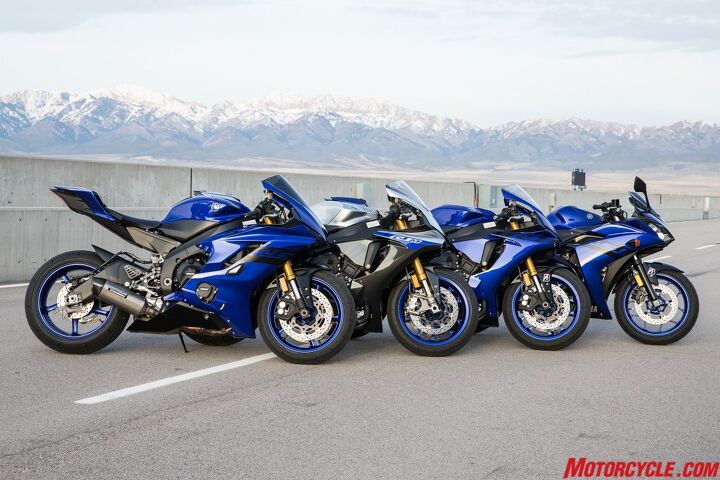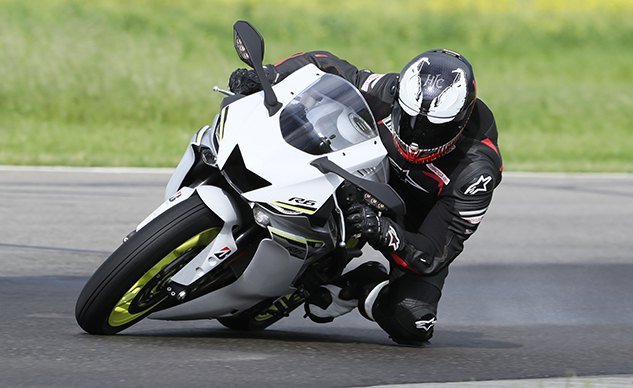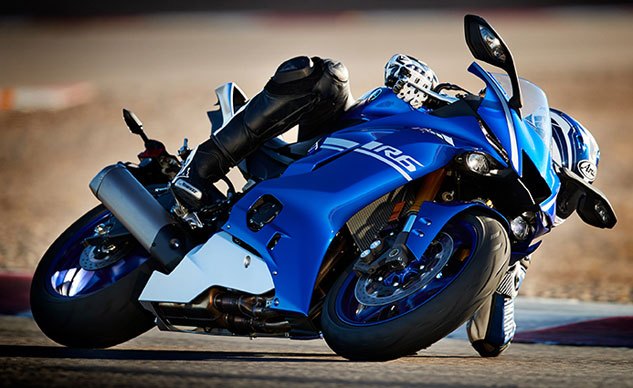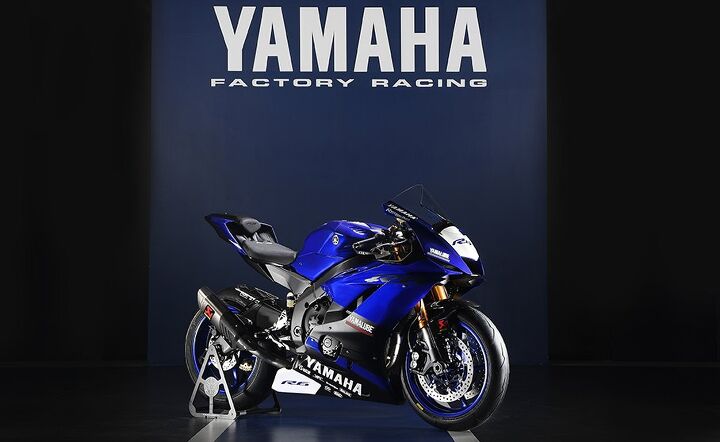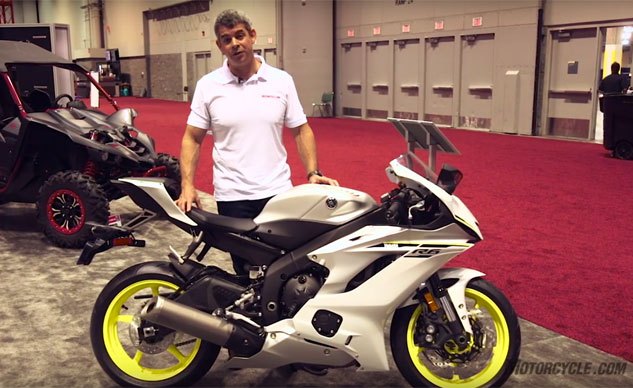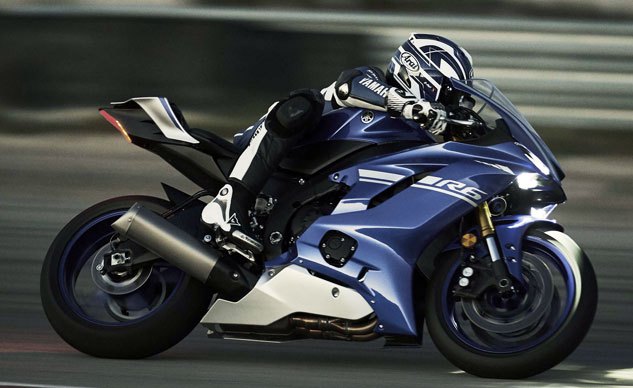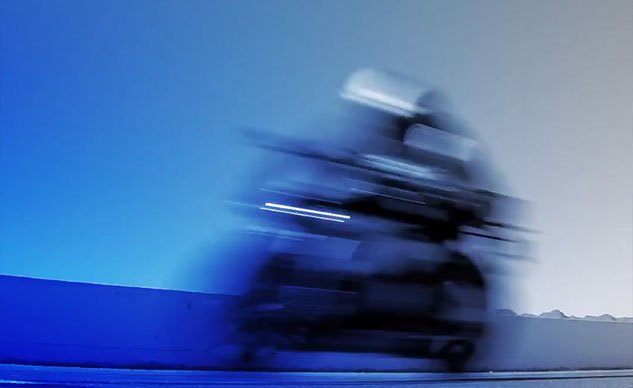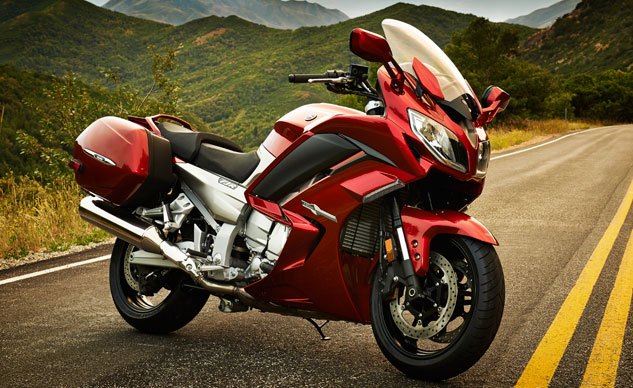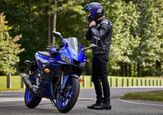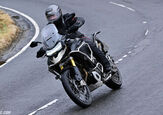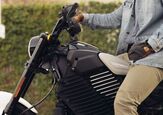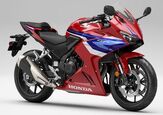Yamaha R6 to Continue Racing in Supersport Next Generation Category
Last month, the International Motorcycling Federation (FIM) provided the first look at the new “ Supersport Next Generation” models that will redefine middleweight racing class.
Church of MO: 2001 Yamaha YZF-R6 First Ride
AMA Supersport racing starring Anthony Gobert and Aaron Yates, laps around Willow Springs… on the 59th anniversary of Pearl Harbor, Yamaha dropped the 2001 R6 on the American press and MO. Though the R6 empire did not last 1000 years, many think this was its finest hour. I mean, some people are saying it.
Farewell To A Category-Defining Sportbike: An R6 Retrospective
With news of the Yamaha R6 going the way of the dodo bird, we thought it fitting to take a look back through the Motorcycle.com archives to see all the things we’ve written about Yamaha’s mighty little sportbike. Like the R6, Motorcycle.com has gone through a few changes since its inception in 1994, but fortunately for us, we’ve (barely) been around just long enough to see the R6’s journey. What follows is a trip through time with all the R6 stories that haven’t been lost during various server changes in MO’s history.
A Novice Track Rider's Perspective
Don’t you ever get tired of reading track comparisons from guys that are riding at international race-winning levels? From guys who have been racing their entire lives and who drag elbow like it’s their job (literally)? Me neither, but the guys here at MO and I thought there might be someone out there who could appreciate insight from what a novice track rider might experience when comparing some of the latest 600-class supersports. The two most recently updated of which happen to be the Yamaha R6 and Kawasaki ZX-6R.
Climbing The Yamaha R-World Ladder
There seems to be much doom and gloom in the motorcycle industry surrounding the state of sportbikes these days. We keep hearing about dropping sales and shifting consumer interest, which will combine to turn the sportbike as we know it into a museum piece one day, gone the way of the Dodo bird.
2017 Yamaha YZF-R6 Review
Here’s a quick reminder of what was going on in the world in 2006:
8 Things You Didn't Know About The 2017 Yamaha R6
By now fans of the middleweight sportbike class are well aware of Yamaha’s new 2017 YZF-R6. A bike long overdue, the R6 borrows some styling and technology from its R1 big brother. With a fresh new look and a host of electronics that top the middleweight class, I’m really excited to throw a leg over it. And in fact, by the time this list is published, I’ll have just finished riding the new R6 at one of California’s best racetracks, Thunderhill Raceway. My First Ride Review of the bike will be up shortly, but in the meantime, here are eight things you didn’t know about the 2017 Yamaha R6.
Yamaha Reveals World Supersport-Spec YZF-R6
At EICMA 2016, Yamaha’s YZF-R6 made its European debut. No big whoop for those of us in the U.S., since we already saw the new Yamaha at the bike’s world debut last month at AIMExpo. Of course, the Europeans had to have the last laugh, and today at EICMA Yamaha announced it would be returning to the World Supersport championship as a factory effort in 2017, and debuted the WSS-spec R6, too.
2017 Yamaha YZF-R6 Video from AIMExpo
The biggest news out of this year’s AIMExpo is the world premiere of the 2017 Yamaha YZF-R6. With a proven track record in MotoAmerica and World Supersport racing, the R6 gains new aerodynamic styling inspired by the R1 as well as the superbike’s KYB fork and brakes. The new R6 also receives selectable ride modes, traction control, ABS, a lighter aluminum tank and a magnesium subframe.
2017 Yamaha YZF-R6 Preview
Yamaha revealed a new YZF-R6, adding new engine modes, traction control, ABS and a front suspension system derived from the YZF-R1. The most successful 600cc supersport in AMA Road Racing history also receives new styling including an aerodynamic fairing, lighter aluminum fuel tank and all-LED lighting.
Yamaha Video Teases All-New 2017 R6
This morning, Yamaha published a new “R World” teaser video on its website and social media channels. The company’s official press release says it’s “alluding to an upcoming new motorcycle introduction.” Read between the lines – watch the video – and it seems pretty clear to us: this is the new YZF-R6.
2014 Yamaha Lineup Unveiled
At the unveiling of the remainder of Yamaha’s 2014 lineup, execs boasted of its strong sales over the last two months. They outlined the recently released Star Bolt and the YZF-R6 supersport contender as bright lights in the lineup, and crowed about the strong advance demand for the appealing new FZ-09 we’ll be riding in two weeks . Of note, Yamaha’s returning models suffer no price increase from 2013.



